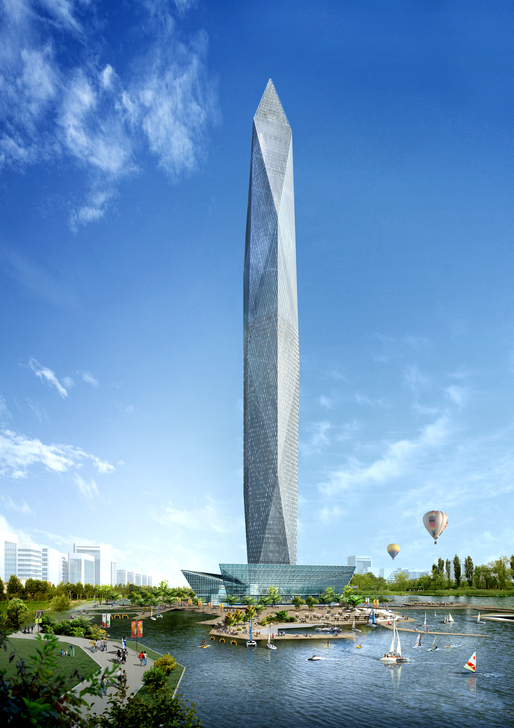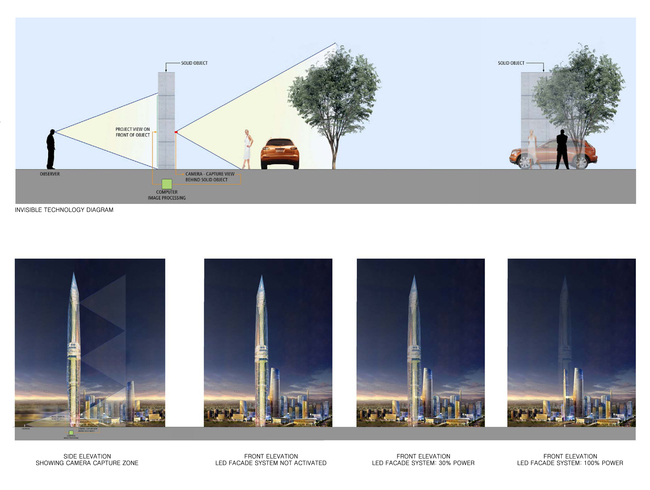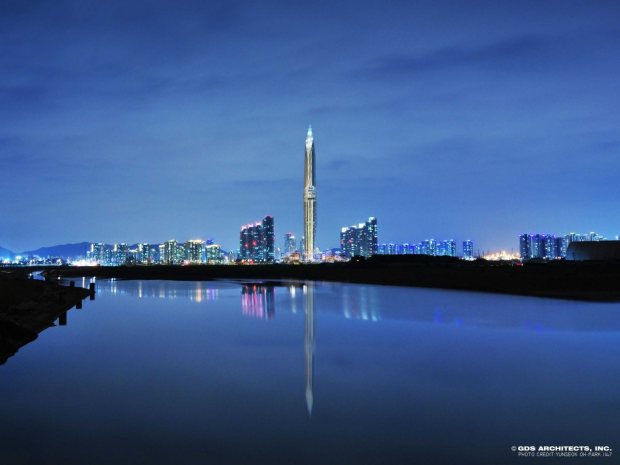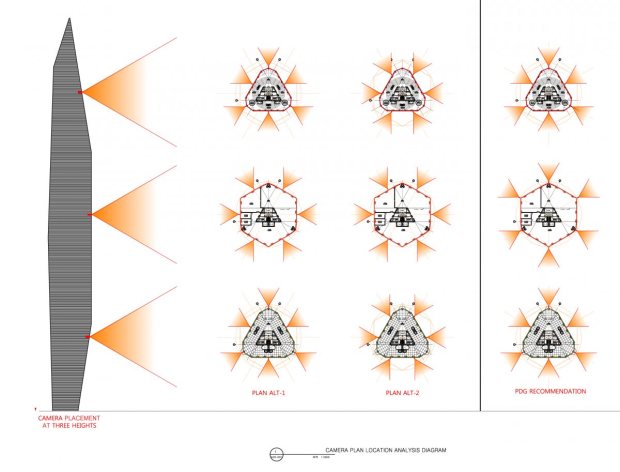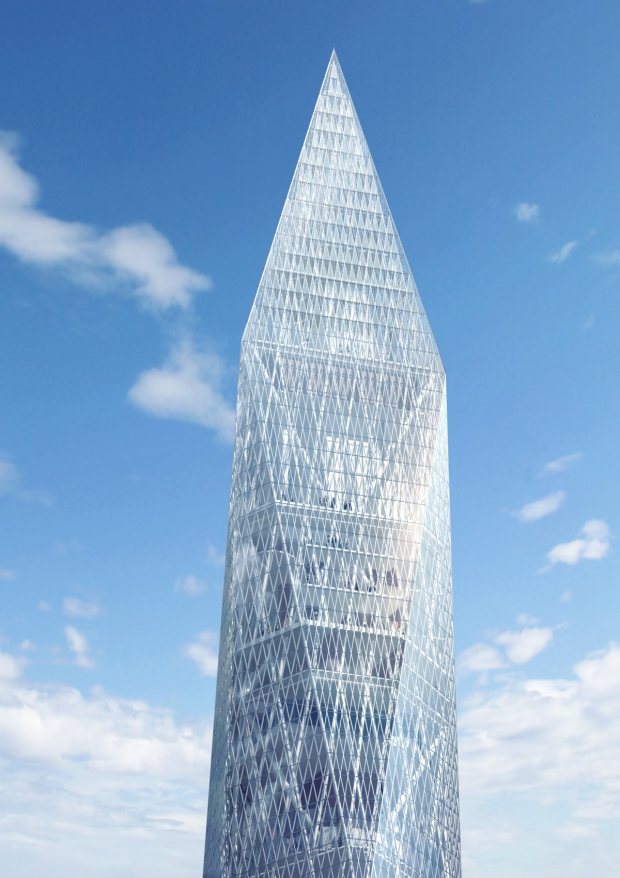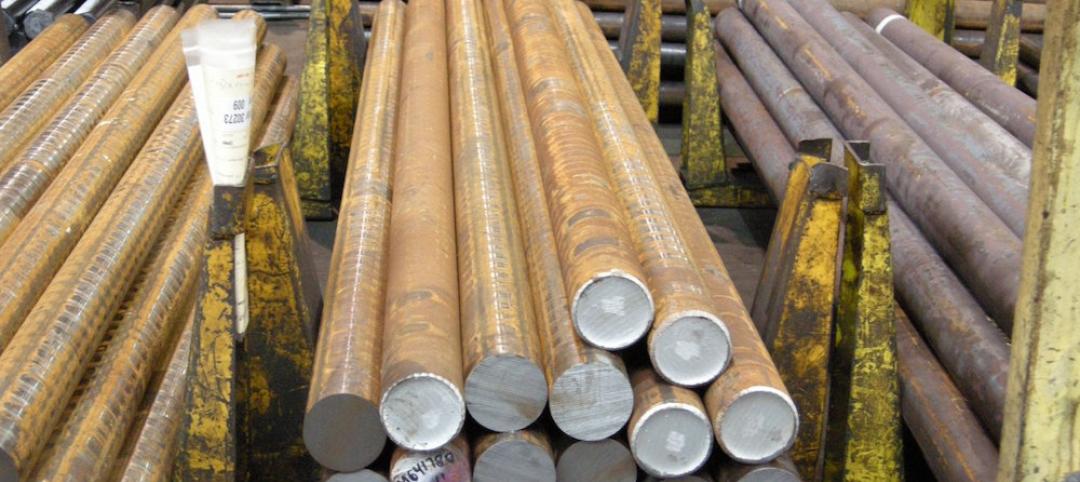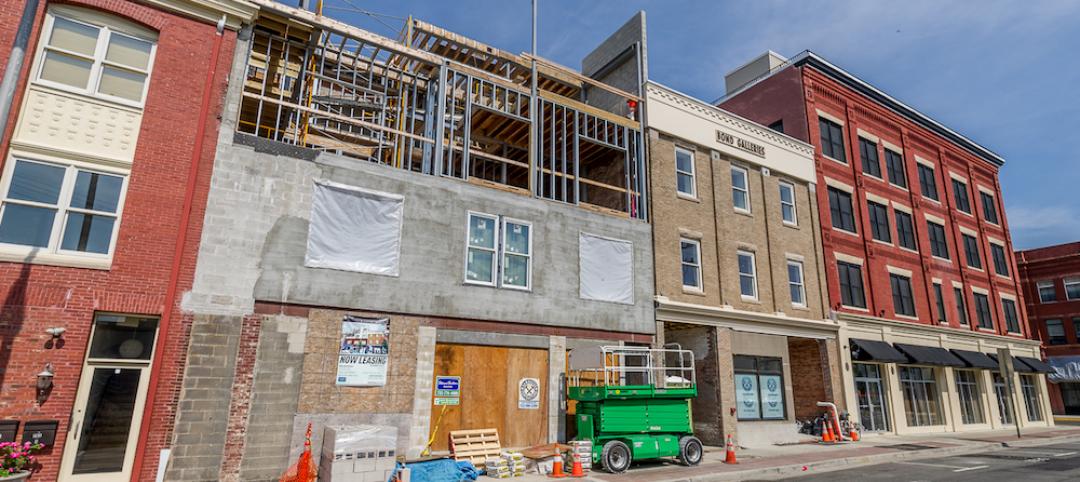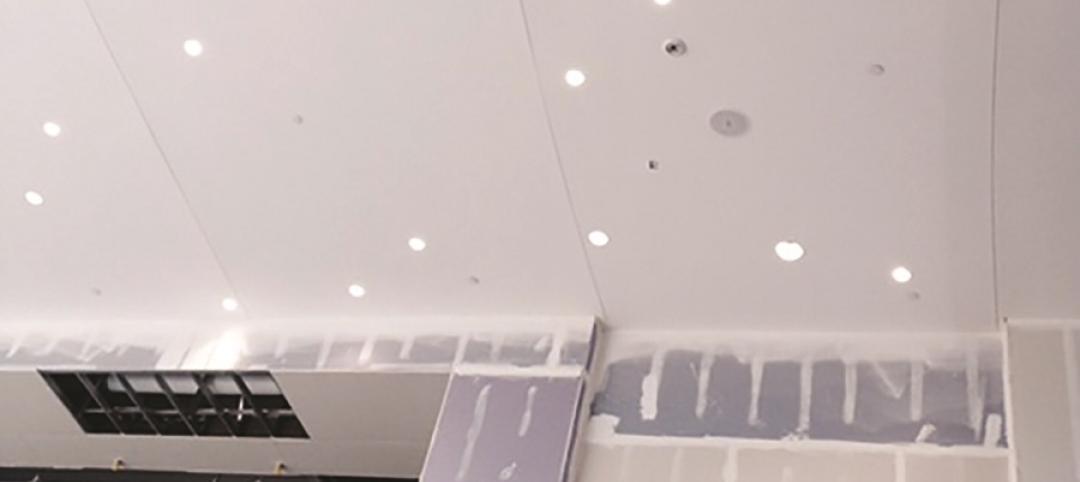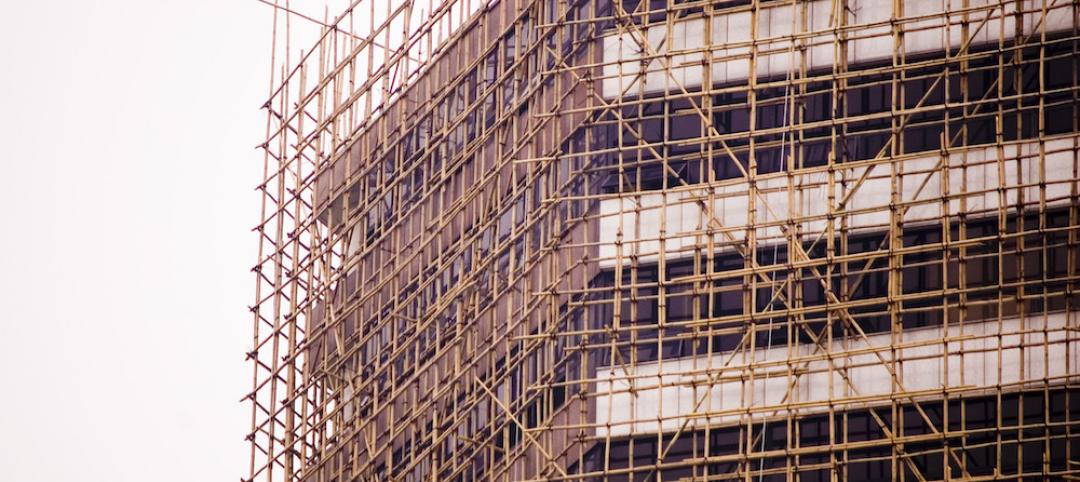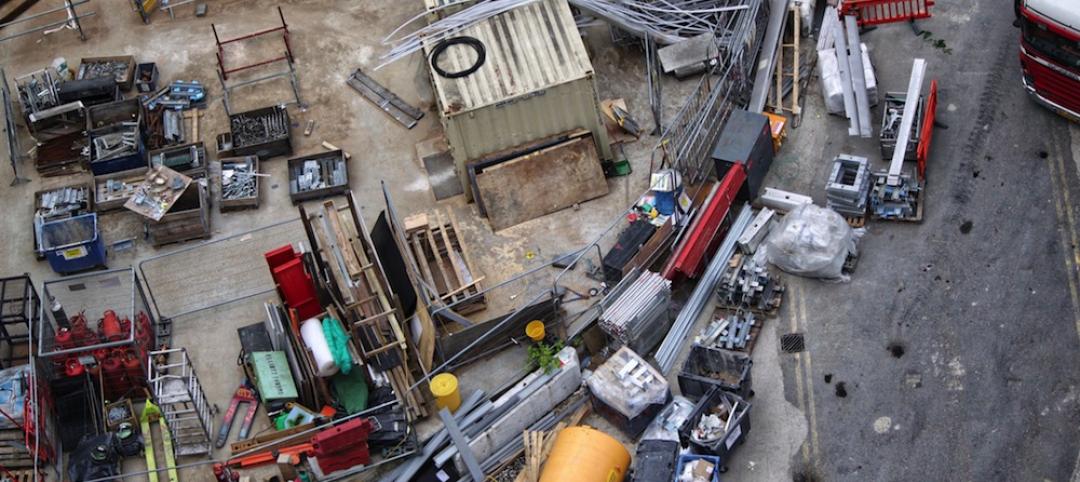If all goes as planned, Seoul, South Korea will soon get the world's first "invisible" high rise.
Called Tower Infinity, the 1,476-foot structure planned just outside the city, near Incheon International Airport, will feature a cloaking façade made of LED projectors and optical cameras that will capture and display the landscape surrounding the building, thus making it appear transparent.
The building's architect, GDS Architects, describes its design scheme as an "anti-tower" that "subtly demonstrates Korea's rising position in the world by establishing its most powerful presence through diminishing its presence."
The building's joint owner/developer, Korea Land Corp. and Cheongna Organization, will also have the ability to display advertising and graphics on the façade.
For more on the project, visit: http://www.forbes.com/sites/alexknapp/2013/09/13/south-korea-will-soon-be-home-to-an-invisible-skyscraper.
Related Stories
Sponsored | Building Materials | Aug 22, 2016
Mind the Gap
Temporary Expansion Joints in Large Structures
Building Materials | Jun 16, 2016
ABC: Construction material prices rise again in May
Nonresidential construction price gains were largely driven by iron and steel prices and steel mill product prices.
Green | Jun 2, 2016
USGBC offers new LEED pilot credit: Building Material Human Hazard and Exposure Assessment
For assessing human health-related exposure scenarios for construction products.
Building Materials | Jun 1, 2016
MIT study: Microscopic structure of natural materials can inspire better concrete
Bones and sea sponges are highly organized at the molecular level, while concrete consists of random composites.
Sponsored | Building Materials | May 25, 2016
Materials Manufactured to Move Protect Southwest Energy’s New Office
Codes and Standards | May 20, 2016
Industry leaders call for wider use of bamboo as a building material
Benefits include seismic resiliency and sustainability.
Building Materials | Apr 8, 2016
AIA: Architects release first white paper on materials transparency and risk
It provides the steps architects should be taking to ensure change, promote openness, and increase collaboration between themselves, their suppliers, and their clients.
Market Data | Feb 26, 2016
JLL upbeat about construction through 2016
Its latest report cautions about ongoing cost increases related to finding skilled laborers.
| Jan 28, 2016
AIA CES class: The rainscreen approach to a better building envelope
Building envelope expert Bradley Carmichael of Hoffmann Architects explains how rainscreen wall systems work and evaluates the effectiveness of various rain-control methods, including mass walls, perfect barriers, and masonry veneers. This AIA/CES class is worth 1.0 learning unit.


